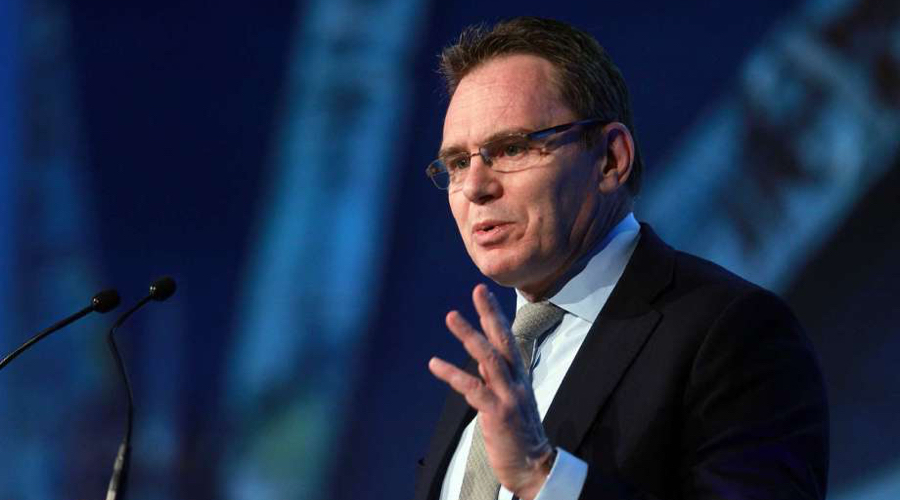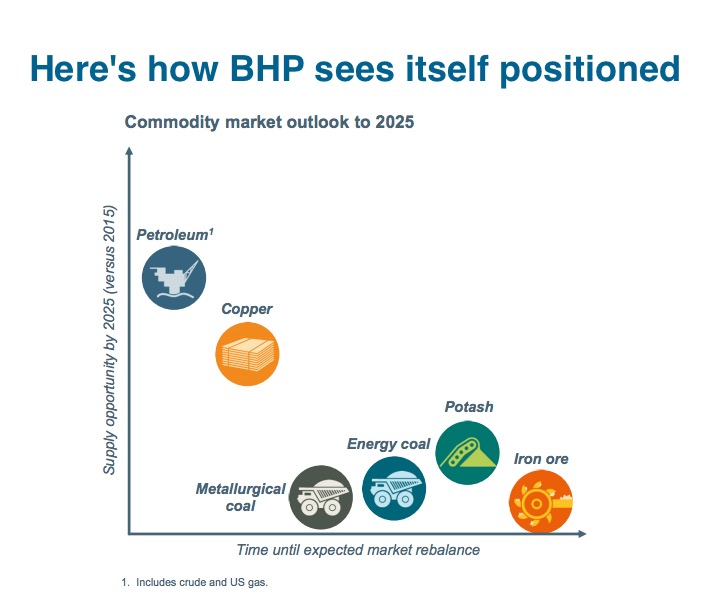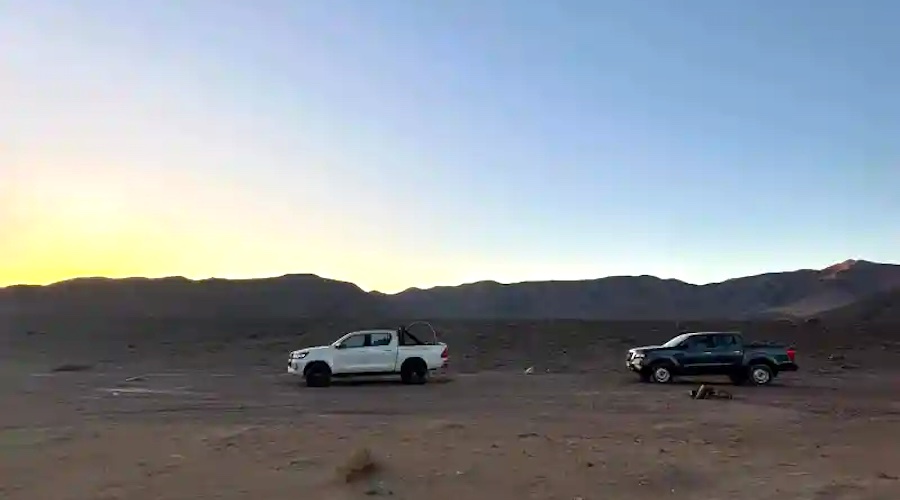World’s No. 1 miner BHP Billiton posts $6.4bn annual loss — its worst-ever

World’s largest mining company BHP Billiton (ASX, NYSE:BHP) (LON:BLT) poured some very cold water on the resources sector Tuesday by posting its worst-ever annual loss, just when the industry was gaining some confidence back as commodity prices have recovered from multi-year lows.
The Melbourne, Australia-based firm logged a net loss of $6.4 billion for the year to June, compared with a 2015 net profit of $1.91 billion, mostly due to bad bets on US shale, the Samarco dam disaster in Brazil, and a commodities slump in the period.
Without even counting the $7.7 billion in write-downs and charges, BHP’s underlying profit dropped by a painful 81% to $1.2 billion from $6.4 billion recorded the previous year.
The figure was the weakest since the merger of BHP and Billiton in 2001, but better than the market consensus of roughly $1.1bn.
Not even counting the $7.7 billion in write-downs and charges, BHP’s underlying profit dropped by a painful 81% to $1.2 billion for the year to June.
“We are clearly very disappointed with this result. However the underlying performance of our business… remains and is getting stronger,” chief executive officer Andrew Mackenzie said in a presentation.
He noted the while commodity prices were likely to remain “low and volatile” in the short and medium term, the company remained confident in the long-term outlook for the commodities it mines, particularly copper and oil.
Samarco effect
A big chunk of the charges taken by BHP were against its US onshore energy assets and its the Brazilian iron ore venture with Vale (NYSE:VALE) — $4.9 billion and $2.2 billion, respectively.
The mining giant continues to face the impacts of a costly and lengthy legal battle over the Samarco dam collapse, considered Brazil’s worst environmental disaster. The incident left 19 dead, devastated towns and farm land, and also polluted water streams with thick red sludge that quickly reached the Atlantic Ocean.
The results of an ongoing external probe into the dam failure should be finished within weeks, BHP said, vowing to publish the verdict as soon communicated to the company.
The mining giant also slashed its payout by 76%, setting an annual dividend of 30 cents a share, compared with 62 cents last year. That was in line with BHP’s February decision to abandon its previous dividend policy, where shareholders were given gradually higher gains.
Investors reacted positively to the results — the stock closed slightly up in Sydney (+ 0.45% to A$20.25) and was also up in London late afternoon (+1.82% to 1,061.50p) and New York early morning (+2.02% to $31.82).

Source: Andrew Mackenzie’s presentation, August 16, 2016.
More News
{{ commodity.name }}
{{ post.title }}
{{ post.date }}




2 Comments
GladstoneGoldMine.com
So… are these “To Big To Fail” mining companies finally figuring out that the overall long term pollution and impact caused by “strip mining” all over the Globe might maybe, just maybe not make sense anymore looking at the overall footprint you are left with when mining sub-gram to 2 grams per ton. To much legacy material and costs of containing that same material….FOREVER!
Why not go back underground? Doesn’t it make more sense economically and the legacy costs are very small in comparison.
A new way of thinking is needed to move forward profitably, in my opinion.
Restless Boomers
BHP may not be counting the 7.7 billion in write downs, but we are, and while a 30 cent dividend is better than a stick in the eye, how much sense does any dividend disbursement make when you’re losing money at the rate BHP is? These guys are cruisin for a brusin.